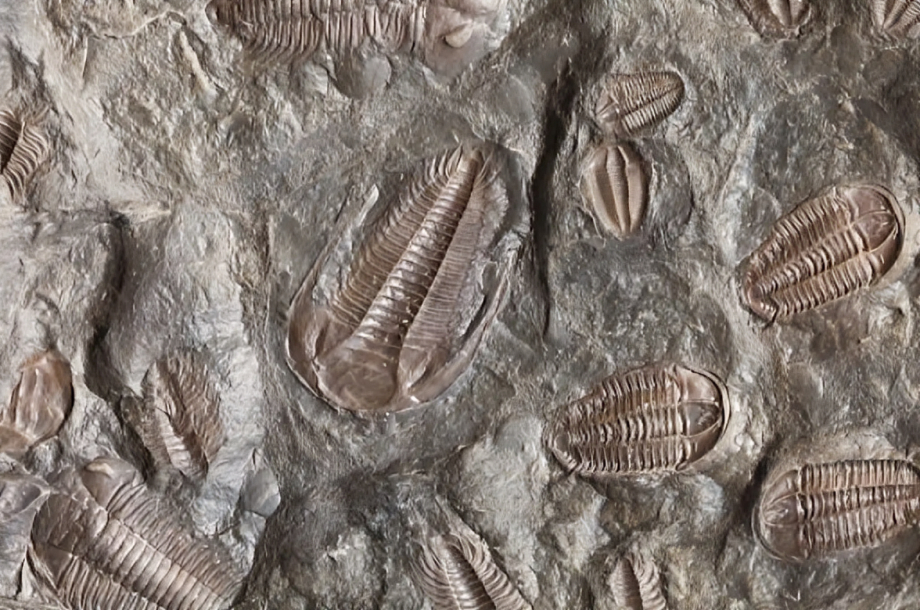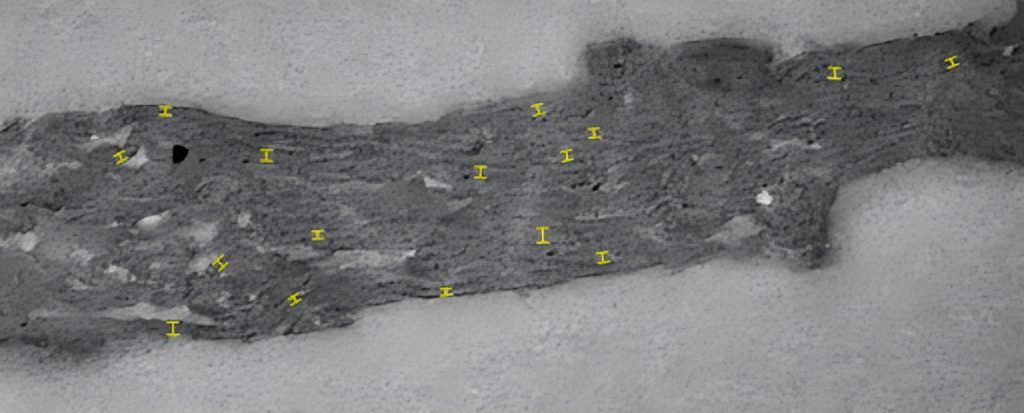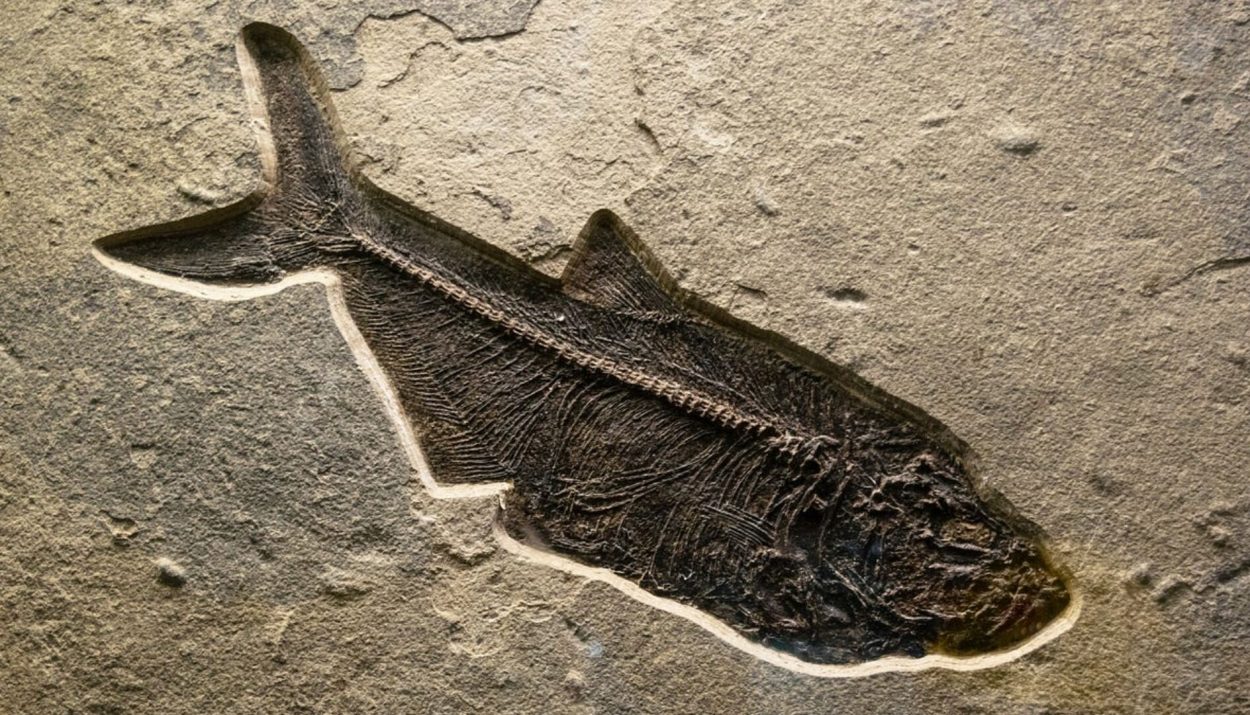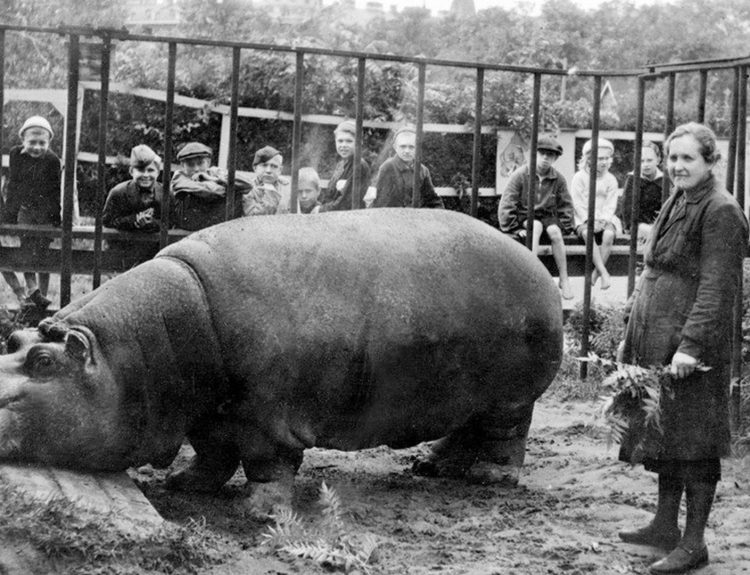Theories about the beginning of life are controversial. The origins of life is a vast field of study, and can encompass topics from creationism to evolution to the Big Bang Theory itself. Scientists are always pursuing more information about our planet and how humanity came to be, though, and a recent breakthrough has provided even more information about life on Earth.
Life Has Early Origins
Scientists have been able to trace the appearance of the first “animals” on Earth to several hundred million years ago, with reasonable accuracy. Humans are a little more of a complicated question regarding origin, but there’s a general consensus that early humans appeared on the planet approximately two million years ago.

The question of the circumstances that made life possible on the planet at all is one that scientists are still pondering, though. It’s generally accepted that organisms need several things in order to sustain life: oxygen, and sustenance. And the question of oxygen is a fascinating one.
Oxygen is Very, Very Important
Oxygen is a crucial element for life on any planet. While the Big Bang created the building blocks of the universe, including such crucial elements as nitrogen and carbon dioxide, oxygen is a little bit trickier when it comes to its creation.

The creation of oxygen, at its base, requires life forms that are capable of photosynthesis. Photosynthesis is the process of taking carbon dioxide, energy, and water, and using the ingredients to release oxygen into the atmosphere.
Different Types of Photosynthesis
Plants and different life forms are capable of different types of photosynthesis, and it is the evidence of this crucial process that scientists have been studying their goal of understanding life on earth. Before their most recent discovery, the general theory was that there were organisms capable of a primitive form of photosynthesis – without producing oxygen – as far back as three billion years.

The origin of the Great Oxygenation Event is what scientists have been attempting to conclusively prove, though. Scientists believe that this is a key event that occurred and allowed for the formation of oxygen in the previously dense gas atmosphere on earth facilitating the early creation of life.
Everyone Knows About Photosynthesis
Today, it is a well-known fact that all but a few algae, plants, and bacteria can photosynthesize and produce oxygen. This is one of the factors that contributes to a well-rounded ecosystem that can sustain complex life such as animals and humans, but the exact time where organisms began photosynthesizing properly has long been murky.

Scientists believe that organisms called cyanobacteria were some of the first to create oxygen using photosynthesis. They used structures in their body consisting of dense stacks of protein and fat to facilitate photosynthesis, and these organisms are believed to have had a crucial role in the Great Oxygenation Event.
The Chemistry of the Planet Changed
The Great Oxygenation Event profoundly changed the chemistry of the Earth’s oceans and atmosphere, as well as facilitating significant evolution of the biosphere. These changes are what allowed complex life to form and thrive on the planet, and it is a process that continues on the planet to the present day.

With the understanding of how important photosynthesis is and what a significant role it plays in life on earth, it’s understandable why scientists would be eager to know exactly when photosynthesis began. The discovery of fossilized bacteria out of Australia has not only helped pinpoint an exact time frame for this important event, but has also drastically changed our perception of life on Earth to the tune of billions of years.
Drastically Older Evidence
Scientists had previously been able to conclusively pinpoint the existence of bacteria engaging in photosynthesis through fossil evidence dating back as far as 550 million years. The discovery of these fossils was remarkable in itself, given that there are very few examples of fossilized bacteria.

However, the McDermott Formation in Australia recently provided scientists with fossilized bacteria that was even older – dated back to 1.75 billion years. Some other fossils were found that were approximately one billion years old, but the McDermott fossils are the true star of the show.
Itty Bitty Bacteria
The challenge in pinpointing evidence of this event is obvious. Bacteria don’t have bones that fossilize in the way that traditional fossils do, making the evidence of their existence rare to begin with. Beyond that, the fossils that scientists are looking for are incredibly small. Less than a millimeter wide, to be exact.

The scientists were able to study the fossils out of the McDermott Formation by casting the bacteria fossils in resin and then slicing the resin very thin to be examined under a microscope. There, they were able to see the evidence of the structures that conclusively proved that the bacteria were capable of producing oxygen through photosynthesis.
Still More Questions
The find is significant, though not just because it redefines the timeline of life on earth. Scientists studying early life on Earth have collaborated with scientists working at organizations like NASA to help better understand how life on other planets might have formed, and what factors we should be looking for when further exploring the universe.

This breakthrough does not answer all of scientists’ questions about life on Earth, either. The question of the Great Oxygenation Event still persists, as the existence of these bacteria merely prove that they existed. Did they come before the oxygenation event, or after? Did it take time for oxygen to build up in the atmosphere, or was it a sudden change that drastically altered existence on the planet for the better?
Further Research Into Existential Questions
Scientists seeking further answers about our universe is a never ending quest, and this newest discovery will only fuel the next wave of research. While there is sure to be controversy around the issue, as there always is about big discoveries, the significance of the find cannot be denied.

The idea of life on Earth being measured in the billions of years, rather than the millions, is astounding. It emphasizes how small humanity is in the grand scheme of things, and further research into the vastness of the universe will only further our understanding of everything that was, is, and will someday be.






